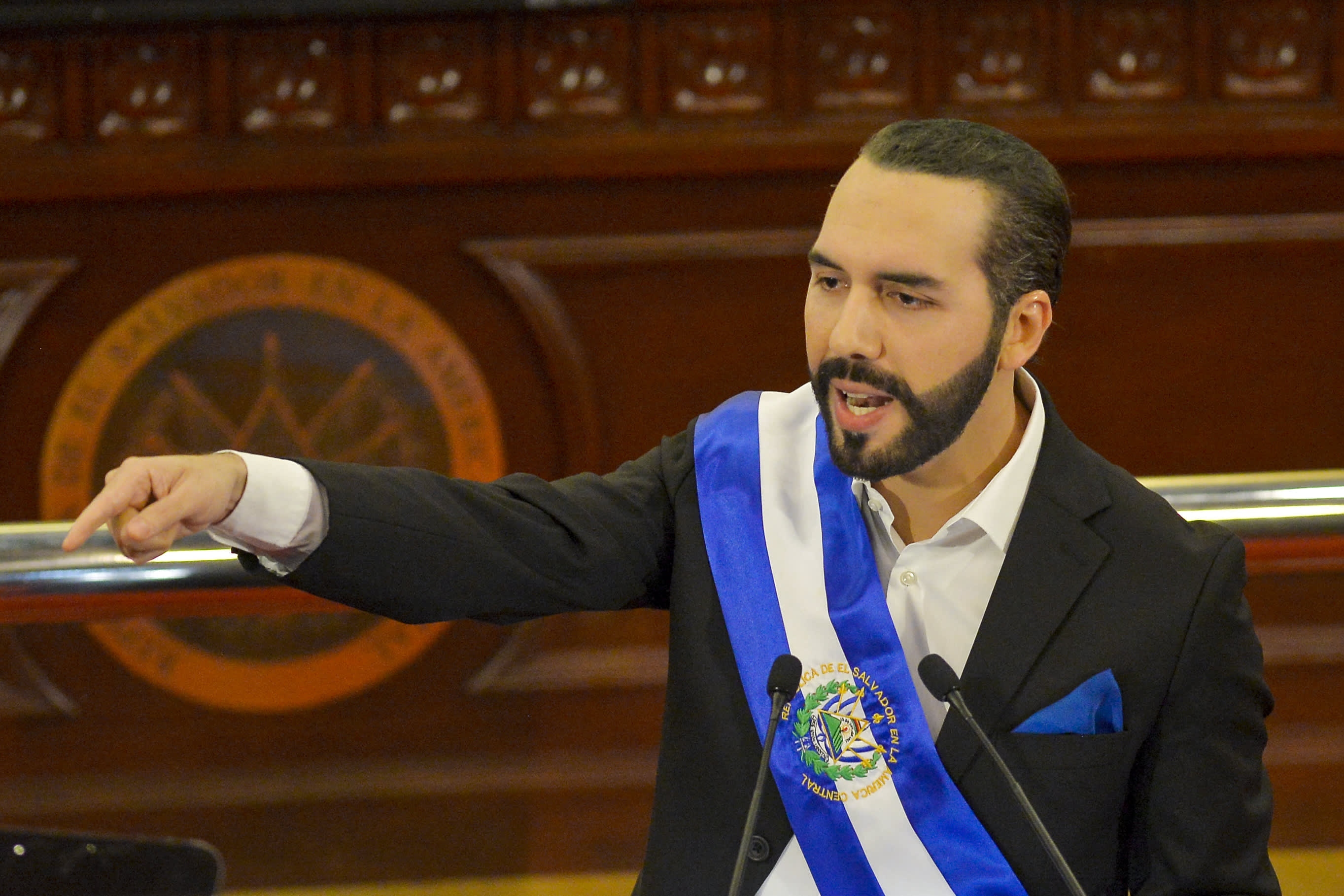Dispute resolution
We expect most serious, good-faith proposals to have clear outcomes, whether acceptance or rejection, that are unambiguous to both stakeholders and node developers. However, it is inevitable that from time to time popular node teams and stakeholders will disagree with proposal owners or detractors about a given proposal's outcome.
The process below outlines an objective, costly way to resolve such disputes, which should only be invoked very rarely. Proposal owners following and succeeding in this process should gain considerable ecosystem-wide persuasive power, as observed in the events preceding DAA upgrade of 2020.
At any time between May 15th and October 15th, a party seeking dispute resolution against a major node team should complete the following:
- Gain a sustained supporting signaling from over 75% of the BCH hashpower for at least six weeks, via coinbase transactions.
- Gain signed, verifiable support from at least 50,000 BCH in contemporaneous UTXOs, with a combined coindays of at least 3,000,000 BCH-days. In order to increase confidence, each stake should include or be accompanied by a similarly verifiable statement of identity, pseudonymous or otherwise. If an opposition effort is present, each of these metrics must exceed its opposition by at least a 3:1 margin.
- Gain public support from at least 1 out of the top 5 custodial exchanges by total BCH volume. If public opposition is present, the supporting number of top exchanges must exceed opposition by at least a 2:1 margin.
It should be noted that this dispute resolution process still cannot, in the strictest sense, coerce any given node team into implementing any change. The unavoidable high cost and publicity for its completion, however, shall greatly increase the proposal's persuasive power, so that the node in dispute can either be convinced or abandoned. Its failure should have similar effects in the opposite direction, in that the cost of destabilization can be clearly demonstrated.
While futures markets have been used in the past as a persuasive indicator, it should be noted that futures markets are even more costly to establish than the above, and are typically only created when irreconcilable differences are leading to likely consensus forks. If such a market becomes reality, persuasion of existing node teams or proposal proponents/detractors is likely moot.

